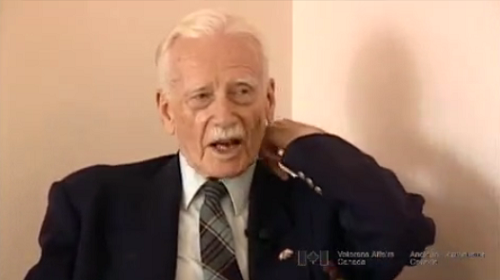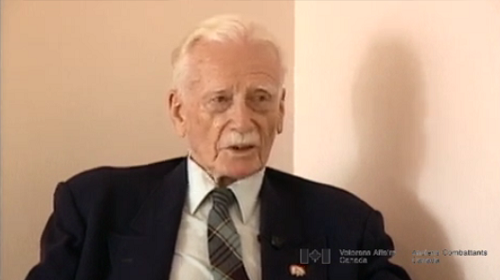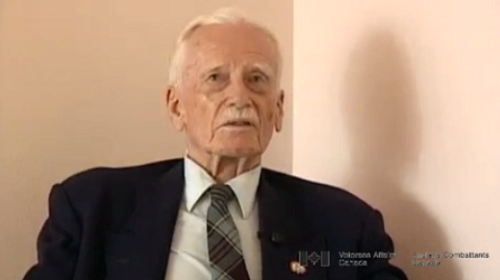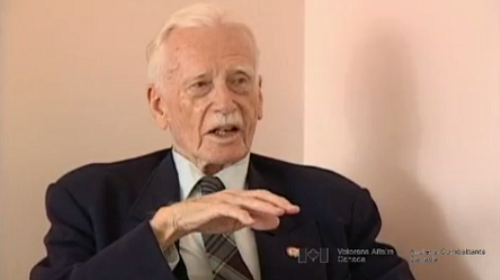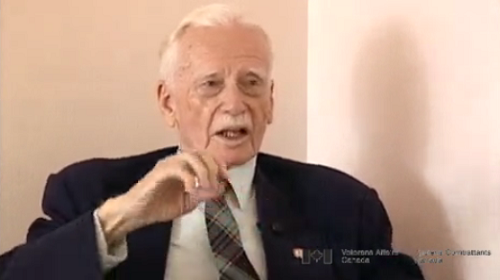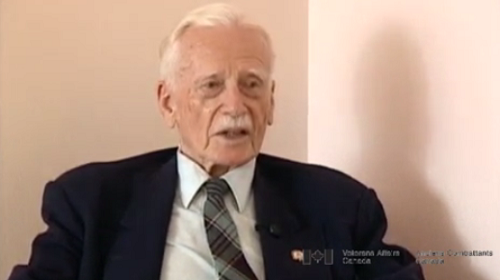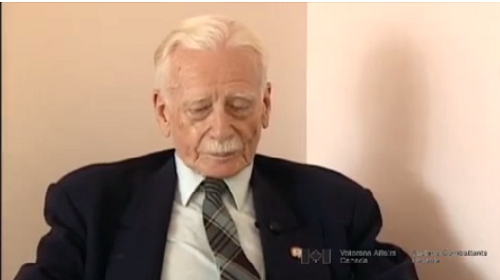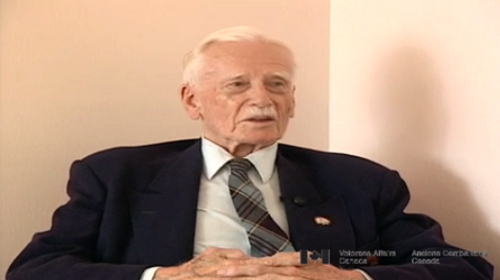GCI and IFF radar
Heroes Remember
GCI and IFF radar
From there I was posted for a quick
course on what was then a fairly new
development in ground radar called GCI,
Ground Control Interception and
this was for picking up enemy aircraft,
bombers coming in at night and
also picking up on our own fighters who
were sent up to bring them down.
Our own fighters had what was called IFF,
Identification Friend or Foe, which was
a particular signal that they sent out so we
could tell which blip on our screen was
enemy and which was friend.
And then they had controllers who were
mostly experienced pilots who would sit
at the tube and could talk directly to the
pilot of the fighter plane and
guide him so that he could get up behind
the incoming bomber and get close
enough that he could switch on his own,
which was called then AI,
Airborne Interception,
which was short range radar carried
in the nose of the night fighter and
once he got locked in on that then
our contact with the fighter up there
was stopped completely and
we just sat and watched
the two blips coming closer together
and hopefully they would fuse,
there would be one blip and then
there would be one little blip would
drop out of the picture and the other
would come back on again
saying he got him.
I was posted to a brand new GCI
which was being put up on the coast,
the North Sea coast between
Hartlepool which was quite a
big ship building center and
Middlesbrough where there was
a big imperial chemical industries
plant making a lot, I guess munitions and
this sort of stuff and
chemicals for warfare so we
provided the GCI cover for those
two centers, target areas.
Related Videos
- Date modified:



